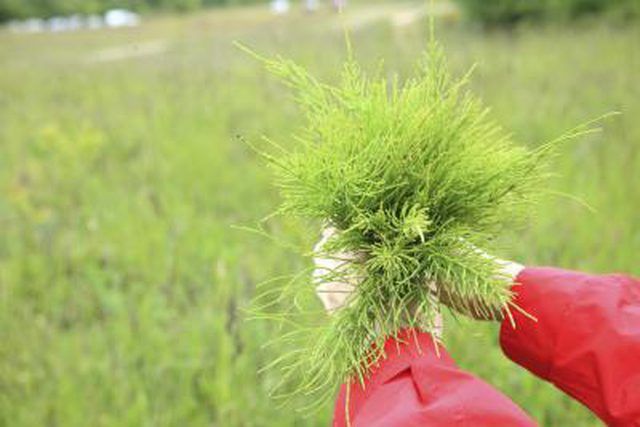Bulbs
Flower Basics
Flower Beds & Specialty Gardens
Flower Garden
Garden Furniture
Garden Gnomes
Garden Seeds
Garden Sheds
Garden Statues
Garden Tools & Supplies
Gardening Basics
Green & Organic
Groundcovers & Vines
Growing Annuals
Growing Basil
Growing Beans
Growing Berries
Growing Blueberries
Growing Cactus
Growing Corn
Growing Cotton
Growing Edibles
Growing Flowers
Growing Garlic
Growing Grapes
Growing Grass
Growing Herbs
Growing Jasmine
Growing Mint
Growing Mushrooms
Orchids
Growing Peanuts
Growing Perennials
Growing Plants
Growing Rosemary
Growing Roses
Growing Strawberries
Growing Sunflowers
Growing Thyme
Growing Tomatoes
Growing Tulips
Growing Vegetables
Herb Basics
Herb Garden
Indoor Growing
Landscaping Basics
Landscaping Patios
Landscaping Plants
Landscaping Shrubs
Landscaping Trees
Landscaping Walks & Pathways
Lawn Basics
Lawn Maintenance
Lawn Mowers
Lawn Ornaments
Lawn Planting
Lawn Tools
Outdoor Growing
Overall Landscape Planning
Pests, Weeds & Problems
Plant Basics
Rock Garden
Rose Garden
Shrubs
Soil
Specialty Gardens
Trees
Vegetable Garden
Yard Maintenance
How to Kill Horsetail
How to Kill Horsetail. You don’t get the nickname “living fossil” without having some staying power, and horsetail (Equisetum spp.) has abundant staying power. This invasive reed hangs on with tenacity and, while not unattractive with its soft green foliage, it tends to spread and invade large areas. Eradicating horsetail takes...

You donít get the nickname "living fossil" without having some staying power, and horsetail (Equisetum spp.) has abundant staying power. This invasive reed hangs on with tenacity and, while not unattractive with its soft green foliage, it tends to spread and invade large areas. Eradicating horsetail takes some serious effort, but if you stick with it, you can eventually reclaim your garden.
Manual Removal
Remove horsetail by chopping down the stalks. After they emerge, wait about two weeks and then cut it down at the soil line, either with hand held shears or a mower. Regularly removing the growing tops will minimize the roots' ability to build up food storage, and over three to four years it can weaken the plant to the point of death. After cutting horsetail, wipe your shears with a solution of equal parts rubbing alcohol and water.
Herbicide Method
A late summer application of herbicide containing glyphosate starts the horsetail eradication process, though you'll likely need to repeat the process for several years to fully kill the horsetail. Mix 2 3/4 ounces of 41 percent glyphosate herbicide with water in a 1-gallon sprayer to create a 2 percent solution. Spray it on the horsetail until the leaves are saturated, but stop before they start dripping.
Herbicide Safety
Wear long pants, a long-sleeved shirt, eye protection and a respirator when spraying horsetail with glyphosate. Only apply herbicide to horsetail or any other weeds on windless days, otherwise the chemicals can float around in the air and kill nearby plants. Cover nearby plants or desirable plants within a few inches of the horsetail with a tarp, cardboard or plastic if you're worried about getting spray on them. After spraying horsetail, keep pets and children off the area and warn any adults that the area has been sprayed. In general, once the herbicide dries, it is safe to enter. Before you throw away any empty herbicide containers, poke a hole in the bottom to render it useless for future use.
Don't Help it Spread
Digging out or tilling a bed of horsetail sets your efforts back considerably. When you break up the root system by digging out partial root sections or by disrupting the roots with a tiller, it causes horsetail to spread and grow more thickly than ever. If you're thorough, can dig out horsetail successfully but it is a labor-intensive project and you have get all the pieces of root from the soil.
Horsetail Species
Horsetail weed (Equisetum ravens), which grows in U.S. Department of Agriculture plant hardiness zones 3 through 11, is the most common and widespread species, but it's not the only variety that tends to take over. Other horsetail species you're likely to encounter include rough horsetail, more commonly called winter scouring rush (Equisetum hyemale), a species that grows in USDA zones 4 through 9 and giant horsetail (Equisetum telmateia), which grows in USDA zones 6 through 10.